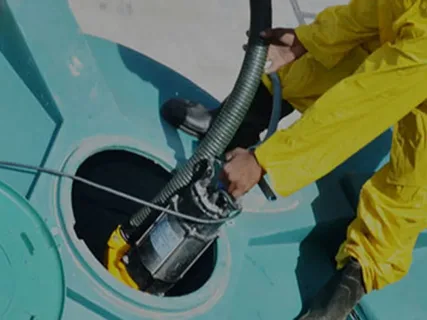Introduction:
Water tanks play a crucial role in storing and supplying clean water for various purposes, from household use to agricultural and industrial applications. However, to ensure the quality and safety of the water they contain, regular maintenance is essential. By following proper maintenance procedures, you can prevent contamination, prolong the lifespan of the tank, and ensure a reliable water supply.
Inspection and Cleaning:
Regular inspection and cleaning are fundamental aspects of water tank maintenance. Begin by inspecting the tank for any signs of damage, such as cracks, leaks, or corrosion. Pay close attention to the seals, joints, and fittings to ensure they are intact and functioning properly. Schedule periodic cleanings to remove sediment, algae, and other contaminants that can accumulate over time. Use appropriate cleaning agents and techniques recommended for the specific type of tank material to avoid damage and ensure thorough cleaning.
Water Quality Testing:
Maintaining water quality is paramount for the health and safety of individuals who rely on the stored water. Conduct regular water quality testing to monitor parameters such as pH levels, turbidity, and microbial contamination. Test kits are readily available and provide a convenient way to assess water quality onsite. Additionally, consider sending samples to certified laboratories for comprehensive analysis, especially if the water is used for drinking or other critical purposes. Based on the test results, take necessary corrective actions to address any issues and maintain optimal water quality.
Preventive Maintenance Measures:
Implementing preventive maintenance measures can help minimize the risk of potential problems and ensure the efficient operation of the water tank system. Keep surrounding areas clear of debris, vegetation, and potential sources of contamination to prevent ingress of foreign materials into the tank. Insulate exposed pipes and components to prevent freezing during cold weather conditions. Regularly check valves, pumps, and other mechanical components for proper functioning and address any issues promptly to prevent disruptions in water supply. Additionally, consider installing protective measures such as bird screens and insect-proof vents to prevent pests from entering the tank and causing contamination.
Conclusion:
Regular maintenance of water tanks is essential for preserving water quality, ensuring reliability, and prolonging the lifespan of the system. By incorporating inspection, cleaning, water quality testing, and preventive maintenance measures into your routine, you can safeguard the integrity of the water supply and contribute to the health and well-being of individuals and communities.
